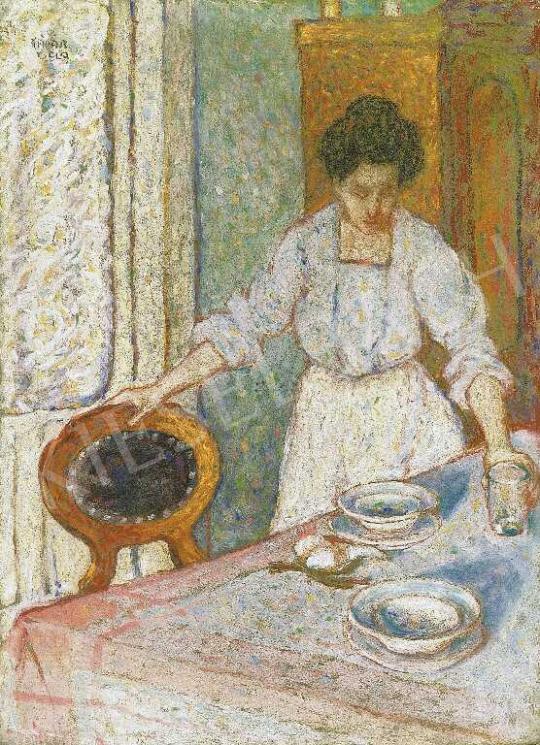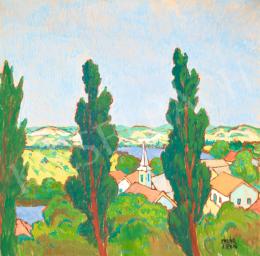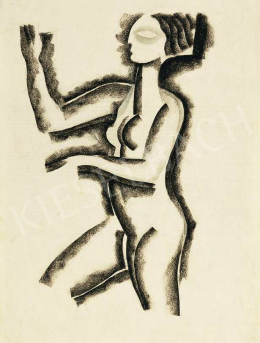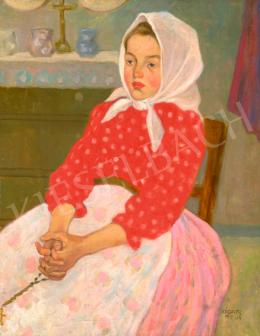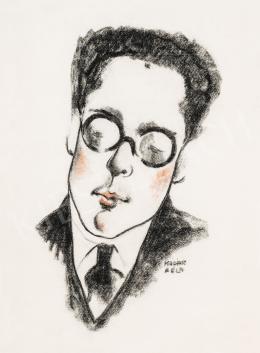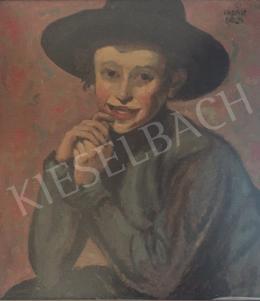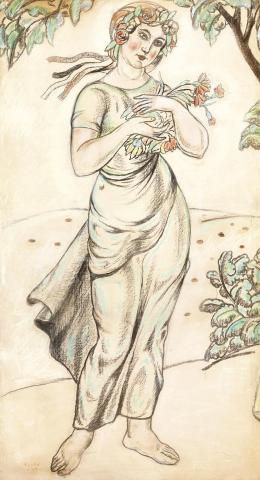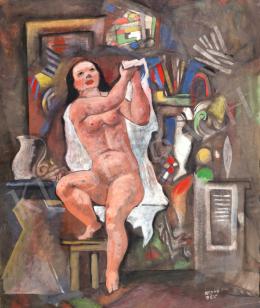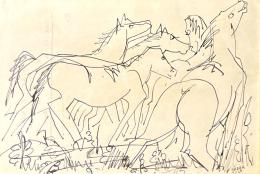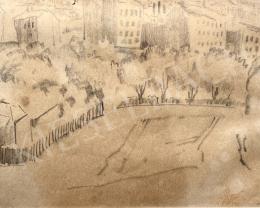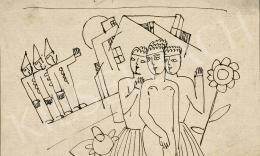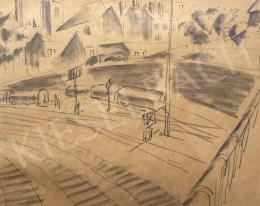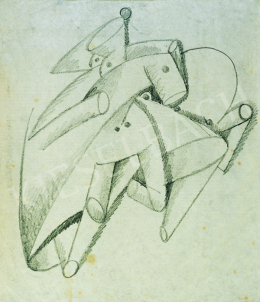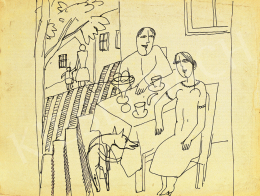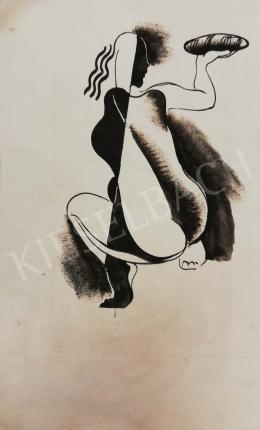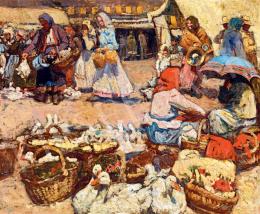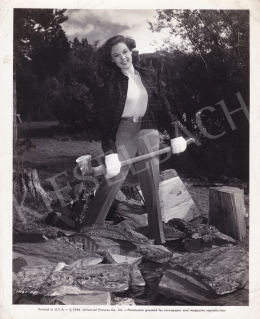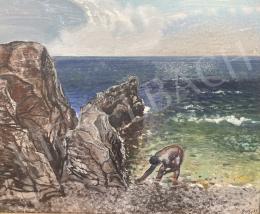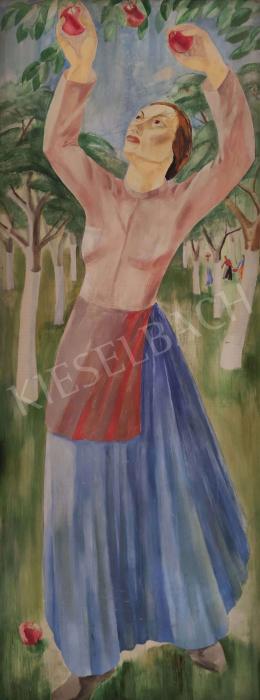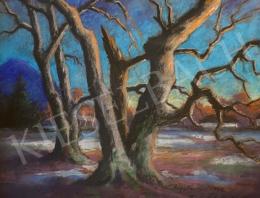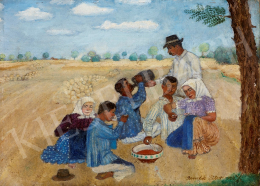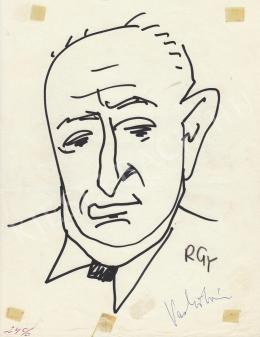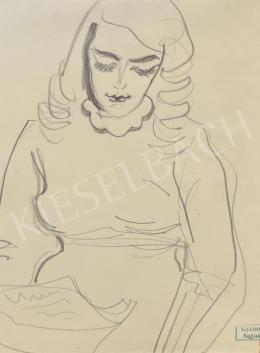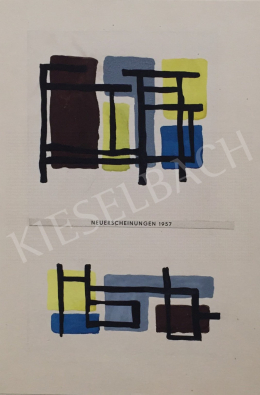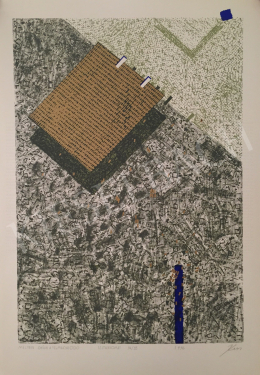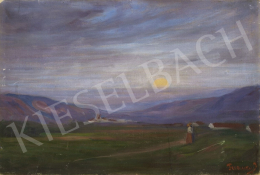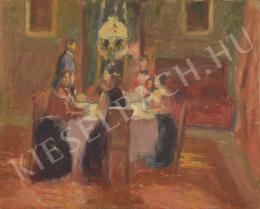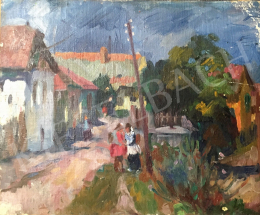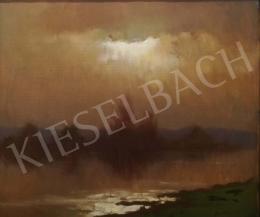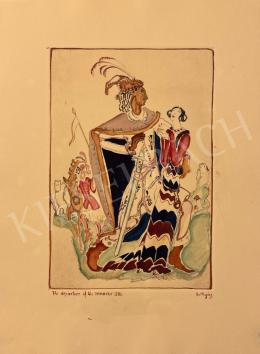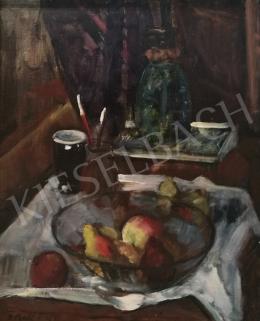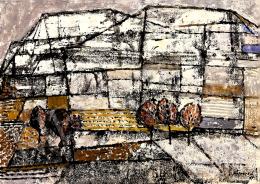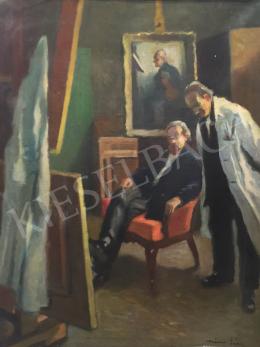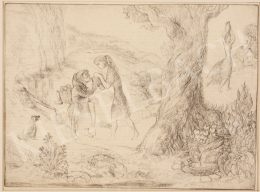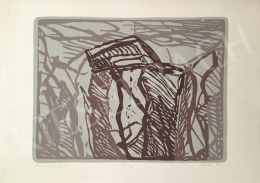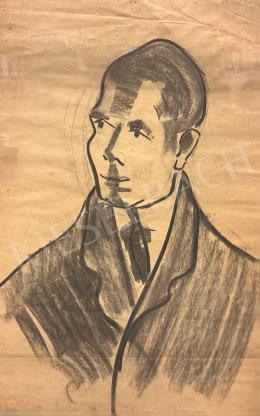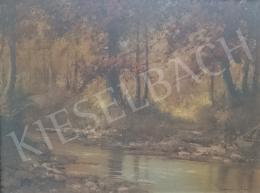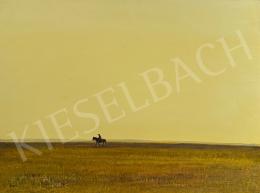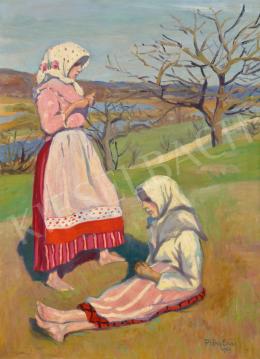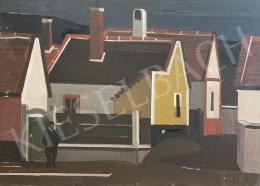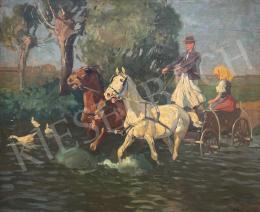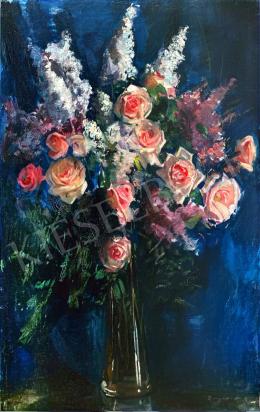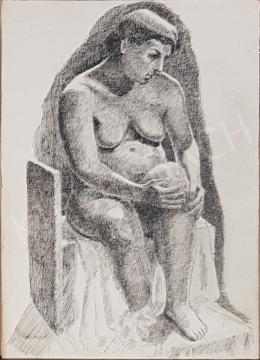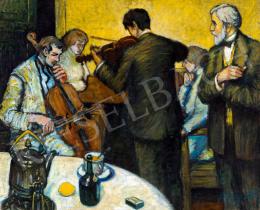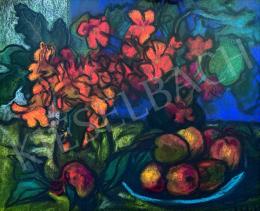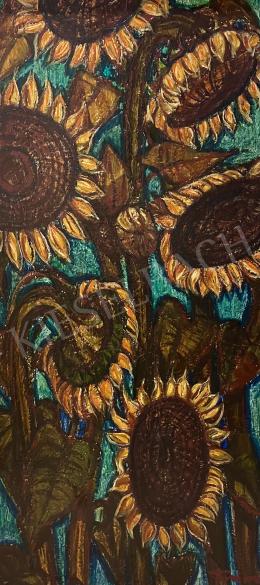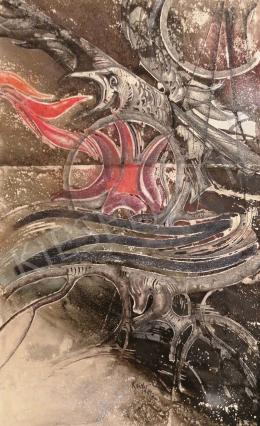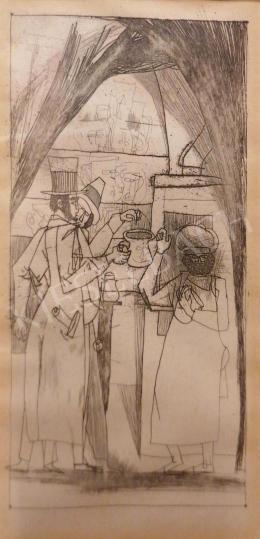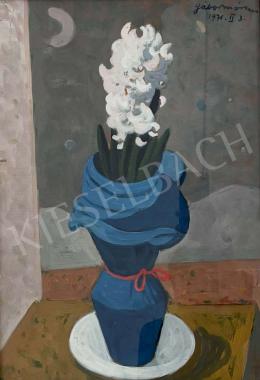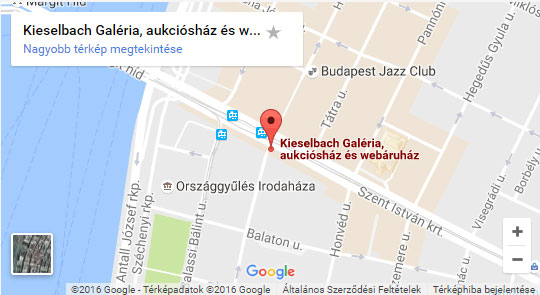Bibliography:
Miklós Rózsa: Kádár Béla gyűjteményes kiállítása. (Cat.)Bp., Művészház,1918.
Iván Hevesy: Kádár Béla. Bp., Amicus, 1922.
Rudolf Bedő: Kádár Béla emlékkiállítása, Cat., Bp., MNG, 1971
Gábor Goda: Kádár Béla emlékkiállítására. Művészet, 36-37 October 1971
Béla Kádár 1877-1956. A leading Expressionist in the Twenties of " Der Sturm" in Berlin.
György Sümegi: Kádár Béla önéletrajz-vallomása. Művészet, 1987/11-12., 56-61.
Béla Szíj: Kádár Béla emlékeinek idézése. Új Művészet, 1991/1., 40-44.
Kádár Béla. Műgyűjtők Galériája-Thebes Gallery, Budapest- Toronto, 1992.Cat. by: Szíj Béla
Krisztina Passuth: Neósok: kelet- és közép európai analógiák. In: Nagybányai festészet a neósok fellépésétől 1944-ig. Missionart Galéria, Miskolc, 1992.
'Béla Kádár belongs to those artists whose paintings we look at and guess immediately the painter's identity. Artistically speaking, it is a big virtue, but it is not everything. However if this individual world, whether in drawing, colour or reality inside dreams, is a perfectly composed one, then I, this exhibition's anonymous inaugurator - as I read it in the press -, welcome it with great respect and pleasure, because I feel it is high time for this outstanding artist to rank with other significant Hungarian and international painters.' You cannot but agree with this inauguratory speech given in a one-man exhibition by the expert's friend, Gábor Goda in 1971. But the time which has passed since the painter's death has modified in some respects the way Kádár has traditionally been pictured. In fact an auction is unimaginable without Kádár's paintings today, his foreign reputation is rather obvious, and we have learnt to place securely many of his paintings in his 'sturm', 'art deco' or 'neoclassical' periods. But this is the point on which one should contradict Gábor Goda's statement. It is fortunate that there can still be delayed surprises in a time of automatic responses, surprises which add a shade of difference to the outlines of Kádár's oeuvre.
Certainly he has some paintings which make us wonder if he did indeed paint them. Kádár's lesser-known masterpieces from an early period are the ones to be found in this auction, making a significant contribution to determine his early, naturalist-post-impressionist-art nouveau style.
Kádár figures in Hungarian artistic life from 1906, when he starts exhibiting in Műcsarnok and the National Salon. The audience encountered many of his works in 1909, during the first collective exhibition of the workshop directed by Miklós Rózsa.
In Béla Szíj's opinion these works of art show the characteristic influences of Art Nouveau and Rippl-Rónai. Tövis, that is, Miklós Rózsa, thinks Kádár's "artful couplings of colors to be signs of an original, decorative talent. Accomplishment of form both in color and lining proves witty, and is stylized in a calm, distinguished, never-violent manner. He is not a virtuoso but an artist and this is what guarantees his ability to development." (A Hét, 12 December 1909)
On the occasion of his first one-man exhibition, that is, ten years later, by which time the painter had moved on to deal with the problems of stylized compositions, Rózsa still thinks "that he has always produced excellent work, thus enriching Hungarian naturalist and impressionist art.' ( Miklós Rózsa's foreword, Bp., 1918)
The pastel titled 'Before Dinner' advances Kádár's favored motifs: the female character and the interior. In the 1910s Kádár tends to represent interiors, in which there are women with arms on their laps, sitting in an unflappable manner. (see Enterior) Based on evidence from two ink and charcoal drawings made in the '10s and belonging to private collectors, the model in the picture with her typical bun is undoubtedly the artist's wife, who is just laying the table for two. A cheerful and intimate atmosphere is strengthened by the fact that in the streaming light coming from the left of the room the objects start to irisate playfully. On the one hand there are vertical lines - those of the door and the wardrobe and the colored walls in between -, on the other, diagonal ones - those of the table - to define the background and composition of the painting. Both of them, however, are in gentle contrast with the ovals of the back of the chairs and the plates.
Kádár does not use a continuous contour, he only separates certain units with broken purple lines. A complemental vision of colors, featuring Impressionism, is revealed in the red-green flashes of the cupboard door, the blue-yellow flickers on the walls and the azure pops cast on the plates. Kádár hides some green-red traces in the woman's black bun, too. You do not have to go far for an analogy: just compare Rippl-Rónai's interior (Paris interior, 1910, private collection) with Kádár's pastel, without accounting for the orgy of colors appearing in Rippl's painting, since they are less typical of Kádár's work. Kádár concentrates rather on his wife's daily routine and the objective environment becoming a single vision under the influence of the light-effect in this stunningly beautiful, early painting of his.
A. K.






